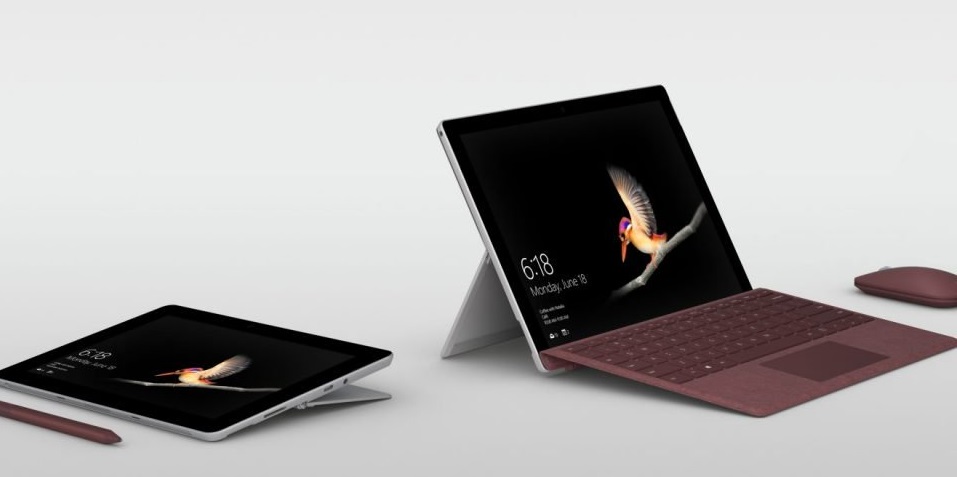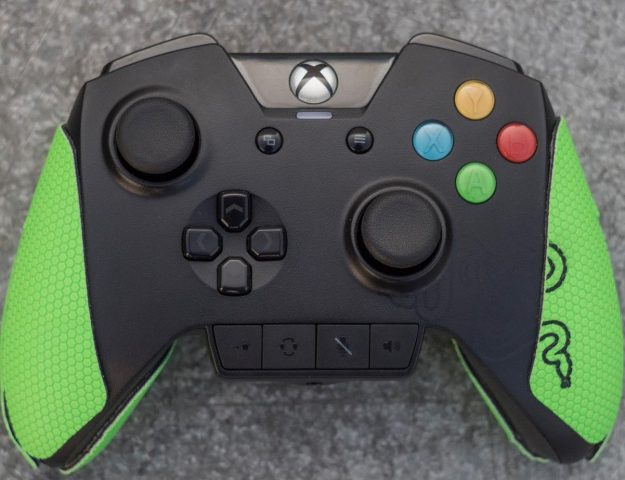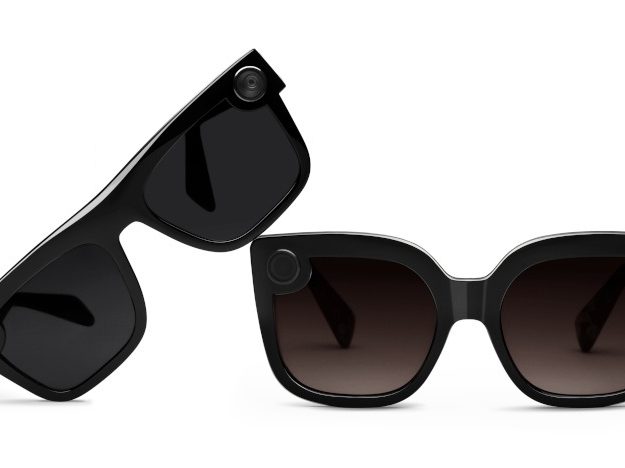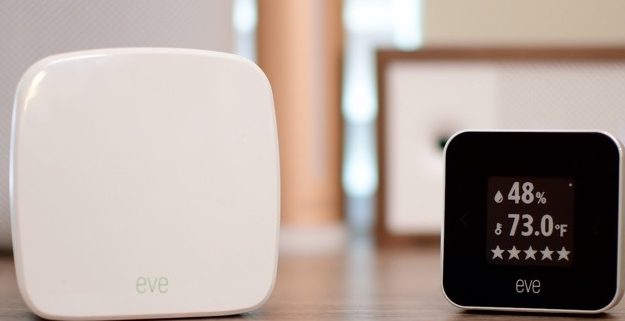Review: Surface Go. The perfect affordable Windows tablet… well almost.

Microsoft’s smallest and cheapest tablet to date, the Surface Go comes with specs that would make hardware nerds laugh. In many ways however, this bring Microsoft closer to its original plans for the Surface line: As light as an iPad, but able to run most of the Windows apps you need. While it won’t replace more powerful laptops, it’s a viable option as a secondary device, especially when it starts at $399 minus keyboard. Just be aware of limitations.
Summary
The first Surface product that can take on the iPad. Impressively thin, light, and a fully-fledged Windows PC. Slow hardware however means you can’t stress it too much, and Windows could still do with more appealing tablet apps.
Hardware
Take the previous Surface, shrink it a little, and you have the Surface Go. Nothing on the Go feels low-end, with the sturdy polished silver magnesium case makes a return. It even has big brother’s articulating kickstand, opening up to a full 165°.
Successor to the Surface 3, the Go is smaller & lighter at only 1.15 pounds. Unlike Surface 3’s 10.8” display, it comes with a 10” screen – all in service of Microsoft’s ultimate goal, portability. At first touch, it brings genuine surprise at its lightness.
Unfortunately, the Go’s bezels are just as chunky as previous Surface slates. Although helpful when used as a tablet, they are still a dated look. The Surface Go features a Pixelsense screen, as well as a 3:2 aspect ratio, making it more useful for productivity work. It comes with a unique 1800×1200 resolution (217ppi), which is equally as sharp as the 3’s 1080p display.
The screen is sharp enough for text, graphically rich images, and bright enough for outdoor use. Despite the odd resolution, it’s indistinguishable from regular 1080ps screens, with HD videos looking great. Be prepared for black bars when watching widescreen though.
With the Surface 3 to Surface Go redesign, so comes a new batch of smaller Type Covers. There’s less key travel than other MS tablet keyboards, but the feedback is still present. These come at $99 for standard, and $129 for the premium Alcantara-covered version – yes, still sold separately.
All expected input types are accepted: the new Surface Pen (4,096 levels of pressure), and 10-point multitouch. The Pen works as well as on Microsoft’s more expensive computers.
Down to cameras. The Go features a 5-megapixel front-facing camera, and 8-megapixel camera on the back. There’s also support for the Windows Hello face authentication log in method.
Alongside standard Surface charging connection (now accompanied with smaller AC adapter), the Go features a USB-C port, which can also charge. The Surface Book 2 is Microsoft’s only other device to feature USB-C, so we’re happy to see this being embraced further. There’s also a microSDXC card reader underneath the kickstand, allowing for quick additional storage.
More so than before, the Go feels more like a tablet than PC. With slightly curved edges, and extremely light, you won’t mind holding it for hours as you read. It’s less burdensome than typical ultraportable laptops, and slim enough to easily fit into a messenger bag. All this, and access to all the Windows 10 offers.
Like all ultra-slim machines, there are compromises. First, the Go ships with Windows 10 S (limiting you to apps from the Microsoft Store.) You can switch to unfettered Win 10 Home (as I did), but this is unnecessary confusion. It’s understandable for Microsoft to want to control the app experience, but this approach feels restrictive when the Microsoft Store is a barren wasteland.
You’ll find popular apps like Spotify, Netflix, iTunes etc., but you’ll miss major newspapers such as The New York Times, as well as apps which utilize the tablet format. Much of the time you’ll be using Edge to browse sites – which is nice – but I came to long the slate-optimized apps found on iOS and Android.
On a rosier note, the Go shines when it comes to productivity, mostly due to the killer Type Cover. It takes time to adjust to the smaller form factor, but you’ll be gliding in no time. Touch typists will appreciate how Microsoft thoughtfully shrunk down the layout.
Unlike the soiled sponge that is Apple’s iPad Pro Smart Keyboard, there was no trouble in using the Type Cover for long articles. The large glass-covered trackpad feels as good as the Surface Pro’s, smooth and responsive.
There’s a slight learning curve to the kickstand, and to the balancing act, but you’ll come to appreciate the flexibility – best used on a flat table, it can be used on top of a duvet in bed, or reclining on the couch.
Starting at $399, the Go comes with the Pentium Gold CPU, 64gb of eMMC, and 4GB of RAM. A step up (this review) goes for $549, same CPU, 128GB SSD, and 8GB of RAM. With eMMC storage so slow, and 4GB ultimately useless, the step up is recommended. Don’t forget the added $99 for the Type Cover ($129 Alcantara version), and $100 for the Surface Pen.



